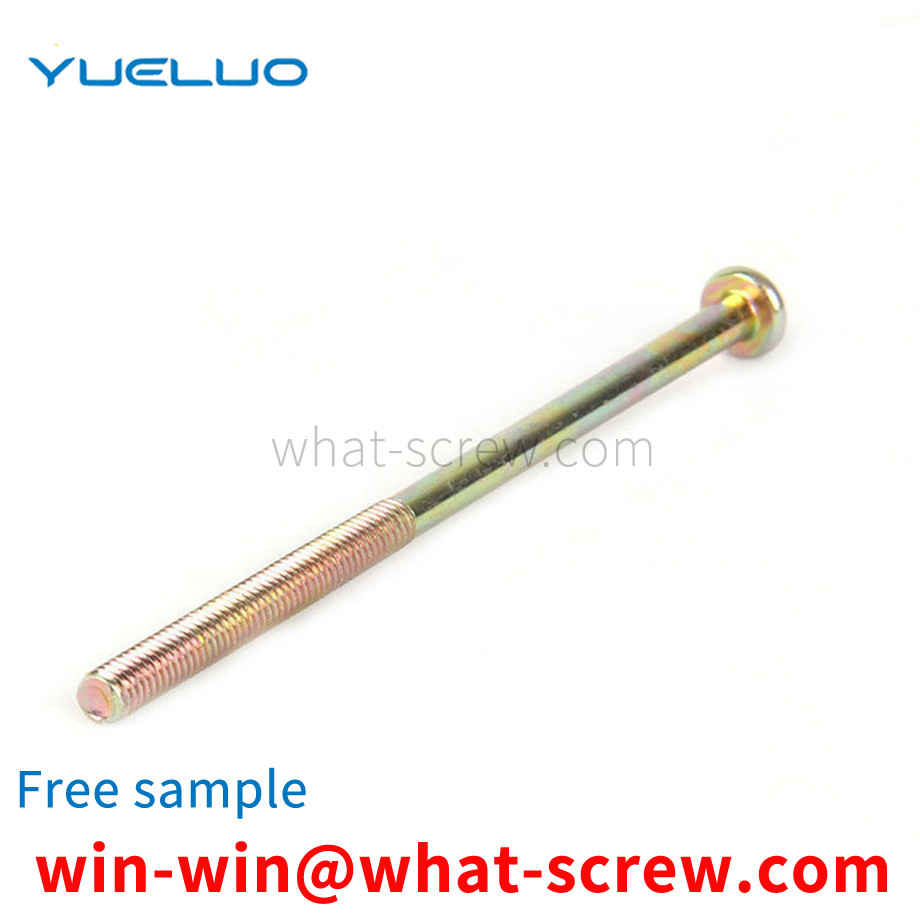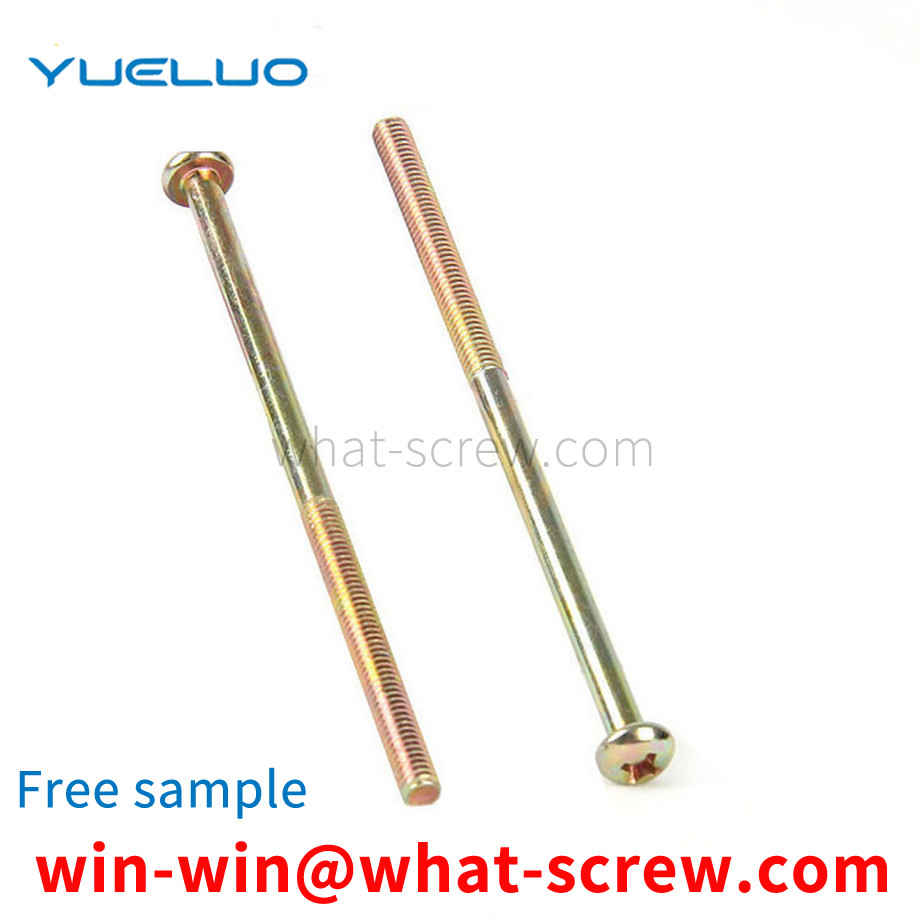In the existing life, repair parts are often used to repair the cassettes with damaged screw holes, and the screw holes on the repair parts are used instead of the original damaged cassette screw holes. However, in the prior art (application number: 201520948368.5), the restoration is fixed by rotating the support of the restoration, which is often inconvenient due to the small space of the cassette. In addition, the set screw in the prior art mainly fastens the object through the end of the screw without threaded holes, which makes it difficult to install external screws. Based on this, a method of extruding the support through a set screw with screw installation holes and tightening the repair piece, and then installing the screw on the set screw, will facilitate the quick installation and use of the repair piece.
The main purpose of the embedded nut is to replace the direct opening of screw holes on the injection molded parts, so as to improve the strength of the screw holes of the injection molded parts. Referring to FIG. 1 , in order to lock the workpiece 3 ′ on the injection molded part 2 ′, the screw 5 ′ passes through the through hole on the workpiece 3 ′ and is screwed into the screw hole of the embedded nut 1 ′ to fix the workpiece 3 ′. The embedding between the embedded nut 1' and the injection-molded part 2' generally includes two ways. One is to heat the embedded nut 1' and then insert it into the injection-molded part 2' by hot pressing; the other is to insert the embedded nut into the injection-molded part 2'. 1' and the injection part 2' are integrally injection-molded. In order to ensure the bonding strength between the inner nut 1' and the injection molded part 2', knurling is provided on the outer peripheral surface of the inner nut 1'.
As we all know, whether it is the necessities in people's life or the equipment in industrial production, there will be a structure of screws and screw holes on it. This kind of structure that can simply fix some components together has been widely used in various fields. For the installation and removal of screws, people invented manual screwdrivers, and then to electric screwdrivers and so on. For manual screwdrivers, the operator needs to manually install or remove the screws. When encountering small screws, it can still handle it. When encountering large screws, due to people's limited strength, they may not install the screws in place, so it was invented. Electric screw. When installing the screw, which is widely used in the market, the operator needs to hold the screw handle, fix the screw on the screw port, and then align the screw with the corresponding screw hole for screwing. The disadvantage of this kind of screw is that it is heavy in quality and laborious to operate, and secondly, the operator will be injured due to operating errors, and the consequences are extremely serious. In view of this deficiency, people fix the screws on a work frame, so that before installing the screws, the operator only needs to adjust the screws to the designated position, and then the screws can be installed, which is convenient and simple. However, there are still potential safety hazards. In the process of adjusting the screw, it is still possible that the power of the screw may be turned on by mistake due to operating errors, resulting in injury to the operator. In view of the above-mentioned defects, it is necessary to invent a screw installation method with an anti-missing function.
Existing wood screws are composed of a threaded portion with a tapered angle and arranged along a tapered stem and a screw head. The head of the screw can be a countersunk head, hemispherical, or other shapes, and the head of the screw has a groove that fits with the tool, a word groove, and a concave cross groove. The taper angle of existing wood screws is either 45 degrees or 60 degrees, and the front end of the taper angle is a pointed point formed by a rotating thread. The existing wood screws have the following three deficiencies in use. Because the taper angle is 45 degrees or 60 degrees, and the thread angle is 64 degrees, the resistance when entering the material is relatively large, so the existing wood screws are manually screwed. It is difficult to screw in, especially when it is used for hardwood materials, and it often happens that the groove of the screw head is screwed out; A large lateral moment will be formed when the screw is screwed, which is prone to the problem of deviation from the position; in addition, because the existing screw is tapered, it will be subjected to both radial force and axial force when entering the material, and its stress state It is more complicated, so it is easy to cause the cracked wood material to burst, and even cause the material to have longitudinal cracks and be unusable.
As the requirements for the use of electrical appliances in various industries continue to increase, the testing specifications for the performance of various components in electrical appliances are also constantly improving. Riveted contact elements are used in various relays, contactors, small switches, thermostats, etc. in low-voltage electrical appliances. The structure of the riveted contact element generally includes a contact base and a rivet riveted to the contact base. The rivet includes a rivet head and a rivet top, the structure of which is shown in FIG. 1 .
We have many years of experience in the production and sales of screws, nuts, flat washers, etc. The main products are: copper washers, 202 stainless steel screws, hexagonal pressure riveting nuts, floating cabinet nuts and other products, we can provide you with suitable fastener solutions for you Program.



















 Service Hotline
Service Hotline




